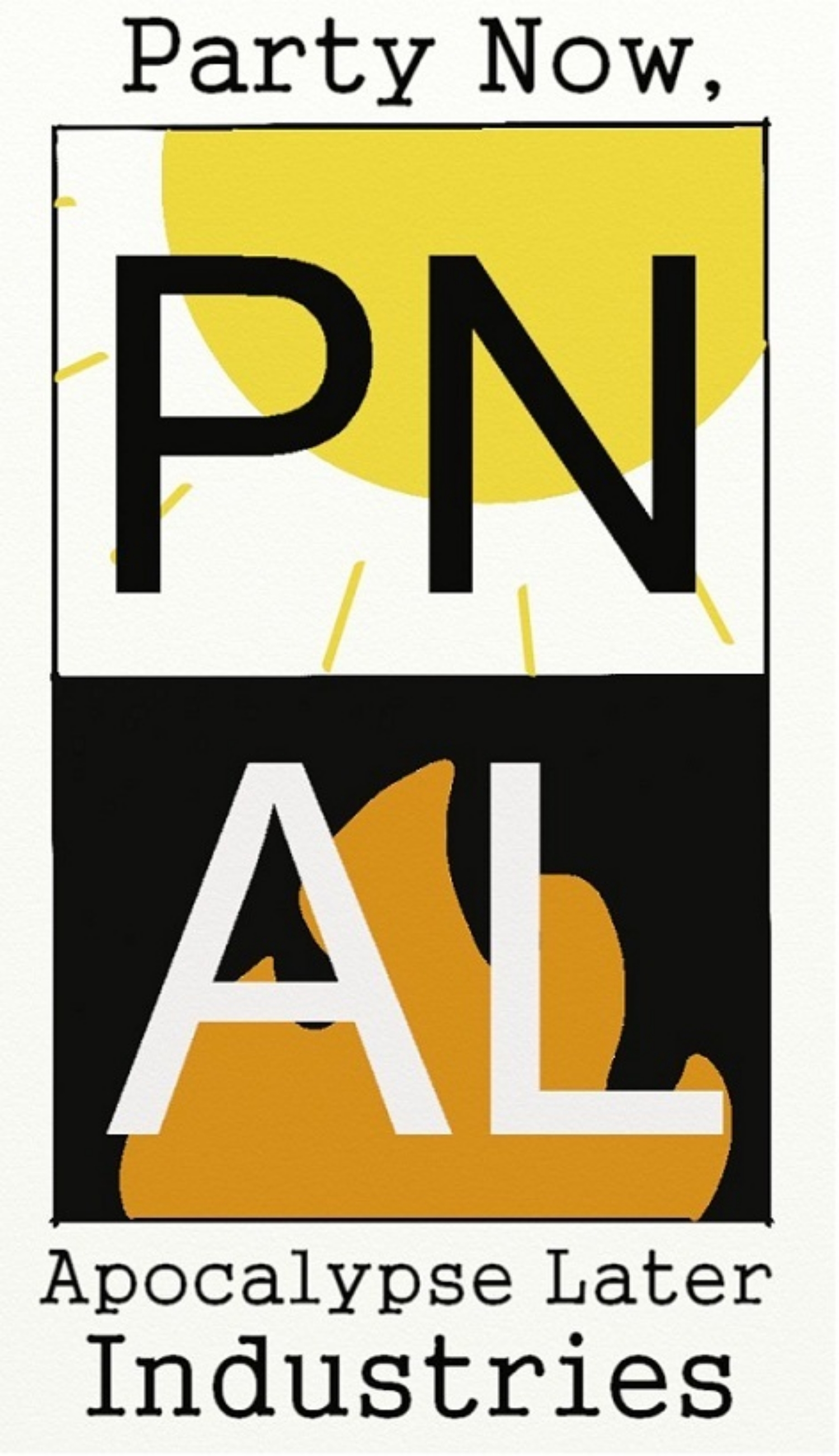Director: Leonard Nimoy
Cast: William Shatner, DeForest Kelley, James Doohan, Christopher Lloyd
Have I Seen it Before: What, are you trying to tell me Spock is alive again?
Yes, of course I’ve seen it.
Did I Like It: Let’s really drill down on something that has been long accepted as cardinal truth of this series.
Even-numbered films are great. Odd-numbered movies are the pits.
And yet, Star Trek Nemesis (2002) is the tenth film in the series and Star Trek Into Darkness (2013) is the twelfth, and they both are the cinematic equivalent of drinking chancey milk that is well-past its due date.
So, too is it with this film. It largely works, and is early enough in the franchise’s motion picture history to conclusively put the even/odd framework about these films in serious doubts.
It’s hard to doubt that it suffers ever so slightly by having to follow the series apex, Star Trek II: The Wrath of Khan (1982), but that does feel like an unfair judgment. Nemesis and Into Darkness tried to steal various aspects of plot and pacing from that far-better film, and never quite rise to the level of competent mimicry.
Here, Nimoy appears to be aware of his potential shortcomings as a first-time director (a self-awareness that William Shatner never quite mastered five years later in Star Trek V: The Final Frontier [1989]) and tries to learn his craft before attempting to master it. Therefore, the film echoes more of a feeling or motif from the previous film. This may be in no small part due to James Horner returning to produce the score, but every frame of the film feels as if it is a companion piece to Khan, not a blind attempt to replicate it.
It helps that this film has its own story to tell. Part mystic resurrection tale, part classic duke-it-out-with-the-Klingons episode from the original series, and just enough of a heist story to keep things interesting.
Another element of note is to remember that—along with this film’s follow-up, Star Trek IV: The Voyage Home (1986)—introduce so many elements to Trek that will be load bearing for many years to come. The Excelsior and the Klingon Bird-of-Prey are first glimpsed here. The models of both ships are reused by Trek shows well into the twenty-first century, and much of the footage of the new enemy ship is reused for nearly the same length of time.
Also, one can’t help but dwell on the casting for the supporting roles. The studio balked at the idea of Christopher Lloyd playing Commander Kruge, the heavy. They could not move past the image of the actor as Reverend Jim on Taxi. Knowing a thing or two about being type-cast from appearances on a TV show, Nimoy insisted. One wonders if he would have ever been on the radar of Robert Zemeckis when Back to the Future (1985) began filming around the time fo the film’s release. I don’t want to live in that world. In fact, I want to live in a world with the most possible performances by Christopher Lloyd as possible, so I’ll be damned if I view this as one of the typical odd-numbered Trek films.

